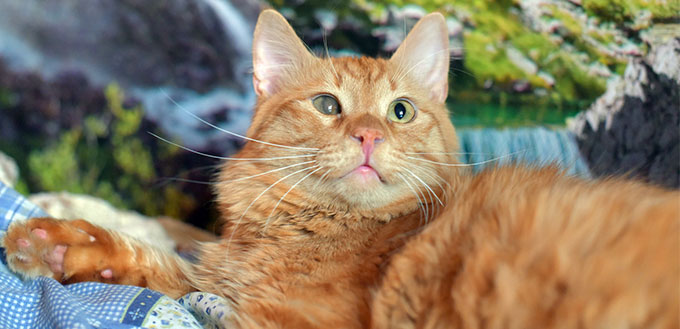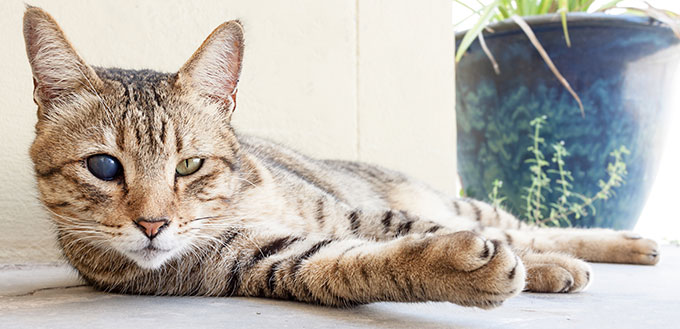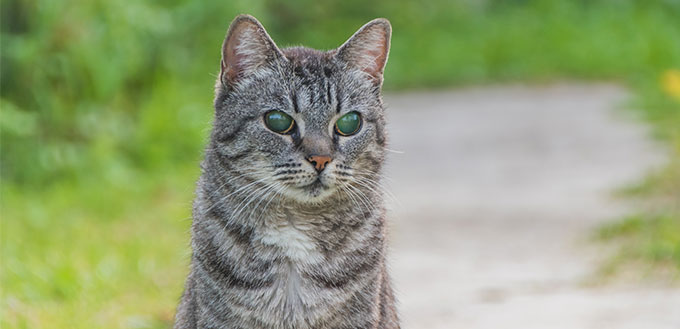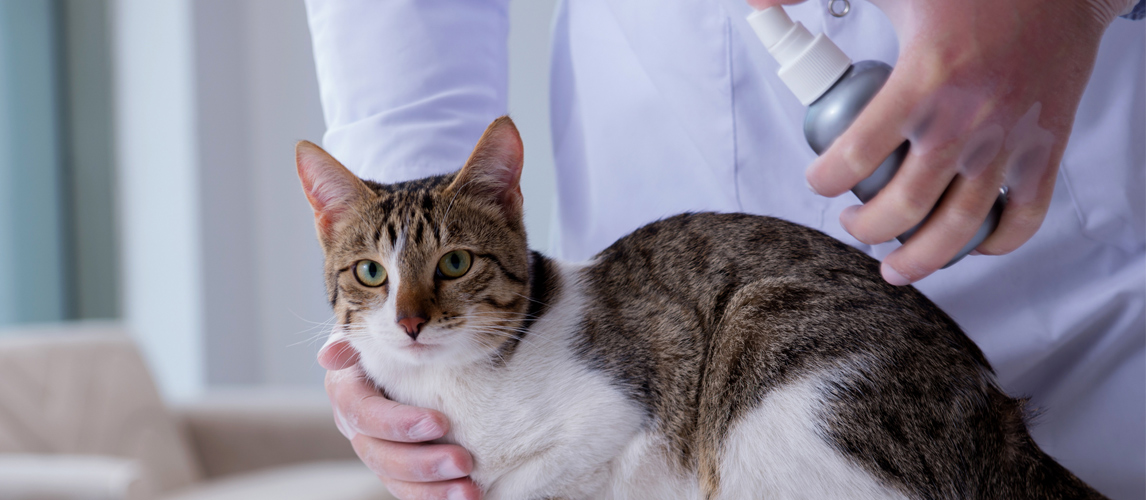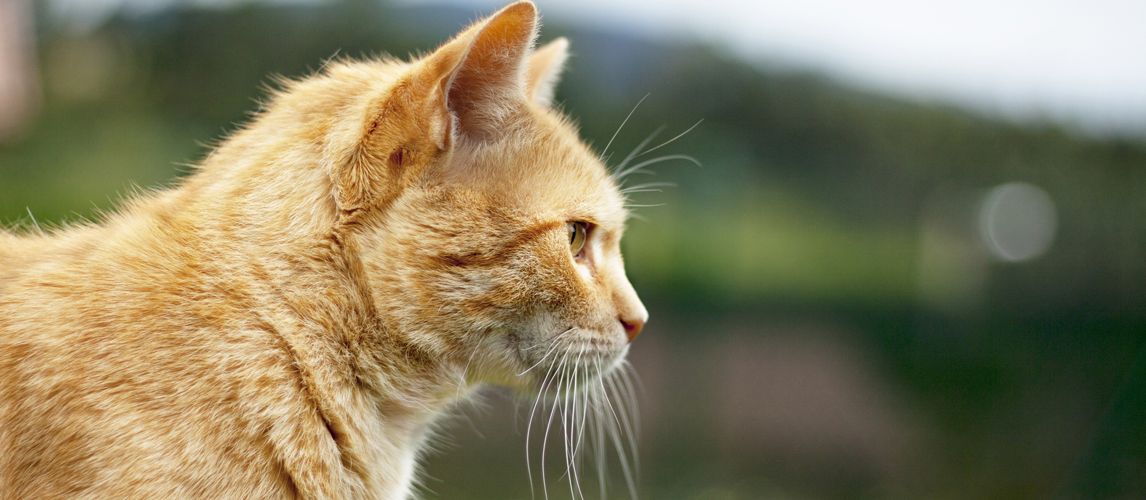Although eye diseases are not on the list of the most common health challenges cats face, you can’t rule them out entirely. In view of this fact, when you notice a cloudy eye on your furry companion, don’t take it for granted as it could mean a lot of things. A cat cloudy eye can be a symptom of many diseases that can only be treated by a vet. To know more about cataracts in cats and how to treat a cat foggy eye, keep reading.
Do Cats Get Cataracts?
Luckily, cataracts in cats are rare but not impossible. Like humans, cats can develop cataracts but not necessarily as a result of old age which is the most common factor that causes the eye disease. When you notice a milky or opaque appearance on your cat’s eye lens, it could be a cataract or any other ailment that may spell doom for your pet’s vision. A cat foggy eye could be symptomatic of either keratitis, glaucoma, corneal abrasion or cataracts. The latter is a cloudy spot that appears on the lens of the eyes, causing a blockage of light to the retina.
Regardless of the size of this opacity on the lens, cataracts can cause a partial loss of vision or in worst-case scenarios, blindness. All in all, even though cataracts are not common in cats, as a pet owner, you need to pay attention to signs that might indicate health challenges to ensure your pet lives a healthy and happy life with you.
What Causes Cataracts In Cats?
While cataracts are known to come with old age most of the time, other causes abide. They can appear after a case of conjunctivitis, as an aftermath of an eye injury, or infection as the case may be. Also, cats that are diabetic have the tendency to develop cataracts over time. An injury to the eyes that could cause cataracts might come in the form of electric shock, exposing the eyes to radiation or toxic substances without proper protection. Your cat can also get cataracts as a result of calcium deficiency. Notably, some of the causes of cataracts in cats can be averted if the pet is taken proper care of.
How to Know Your Cat Has Cataracts
A bluish, white or in some cases, grey spot covering the eye lens, as well as sudden slow movements or bumping into objects that could have been avoided are just a few pointers your cat might be suffering from cataract. The presence of a cataract is often spotted when the eye appears cloudy – but you can’t tell how advanced the disease is just by looking at it. If ignored for long, cataracts in cats, just like in humans, can impair the pet’s vision. So, the next time you notice slow movements from your cat, especially when the lighting in the room is poor, you might want to get their eyes checked.
Nevertheless, cats have natural mechanisms to deal with cloudy eyes. A cat foggy eye will hardly restrict the pet’s movement around the house as it relies on its sharp ears and whiskers to help with indicating obstacles while on the move. It is also necessary, however, to take advantage of your grooming sessions and while bonding with your cat to check for any anomaly on the body.
How to Treat Cataracts in Cats
Cataracts may not be painful or cause instant vision loss but they need to be given the right attention to avoid permanent damage to the eyes. The effect of cataracts can be curtailed if the secondary cause of the condition is treated adequately. If your cat has diabetes, treating it may help with improving vision, thereby reducing the adverse effect of the cataract. However, if the cataracts are advanced to the point of causing difficulty in vision, they can be removed through a surgical procedure that may take up to an hour.
The surgical procedure requires the removal of the damaged lens which is replaced with an artificial one. While removing cataracts can restore or improve the eyesight, if there are other issues like a damaged retina, vision will not be restored. Therefore, it is necessary to run a complete test to know the actual state of the eyes before treatment can start. Notwithstanding, most cataract surgeries come out successful.
What Causes Cloudy Eye in Cats?
A cloudy eye in cats can be caused by a lot of factors, including eye diseases like corneal ulceration, glaucoma, keratitis, and cataracts among others. It can also accompany some diseases of the cornea and lens, in addition to other non-infectious causes like exposure to toxins, chemicals or radiation. Considering that cloudy eye in cats can be caused by a lot of things, it only makes sense that the treatment should differ, depending on the underlying cause.
Another eye disease that can cause cloudy eye is glaucoma and to date, no cure has been found for it. Instead, the condition can only be managed in order to relieve the pains it inflicts on the cat. Steroids and some special eye drop prescribed by your vet may slow down the process of vision loss, as well as reduce inflammation and pressure.
Cat Cloudy Eye Treatment
Whether it’s a kitten cloudy eye or a cat foggy eye caused by old age or infections, you should arrange a visit to the vet once you notice that cloudy look on your cat’s eyes. Since the presence of a cloudy eye can indicate varying eye conditions, it is important to seek veterinary assistance to ensure your cat gets the proper prognosis.
For corneal ulceration and keratitis, antibiotics or eye drop/ointments, as the case may be, can bring relief. While treating your cat’s cloudy eye with antibiotics, you need to administer the drugs every four to six hours as indicated by the vet. The eye drop and ointments can be administered every twelve to forty-eight hours but if your cat is suffering from keratitis caused by the feline herpes virus, the treatment might take another turn.
Sources:
- Feline Cataracts, Cornell University
- Genevieve Rajewski, Spotting Eye Problems in Pets, Tufts Now
- Mary B.Glaze DVM, Congenital and Hereditary Ocular Abnormalities in Cats, ScienceDirect
Note: The advice provided in this post is intended for informational purposes and does not constitute medical advice regarding pets. For an accurate diagnosis of your pet's condition, please make an appointment with your vet.


